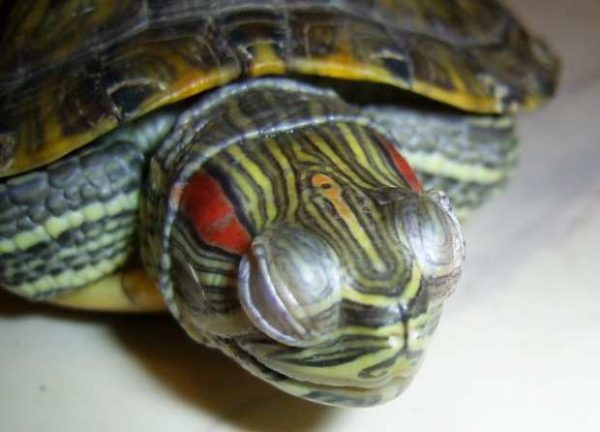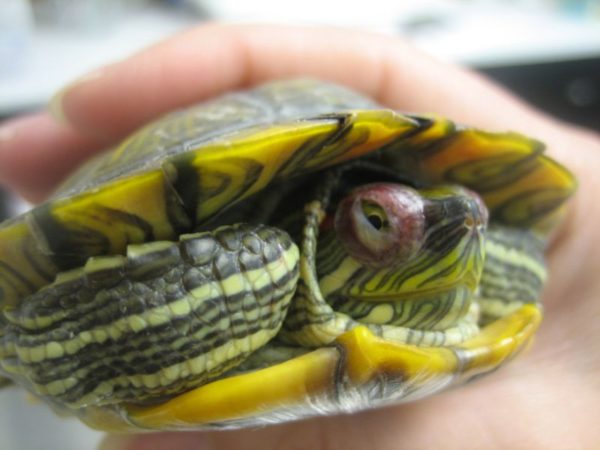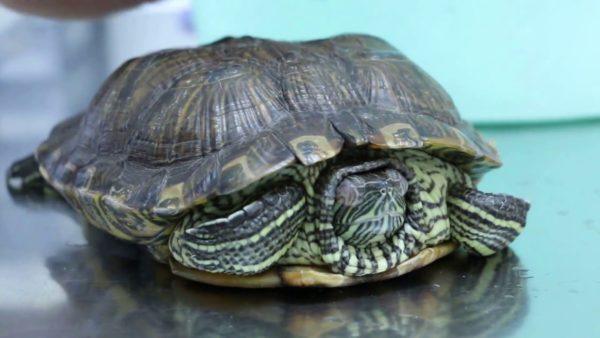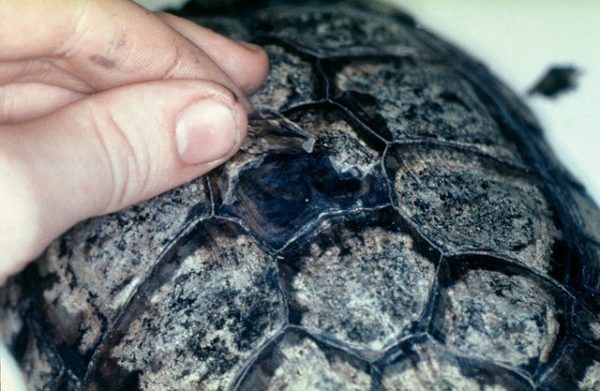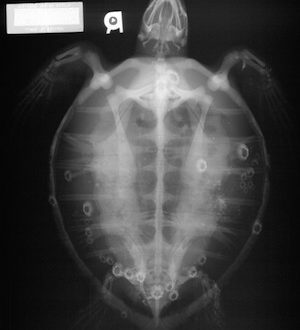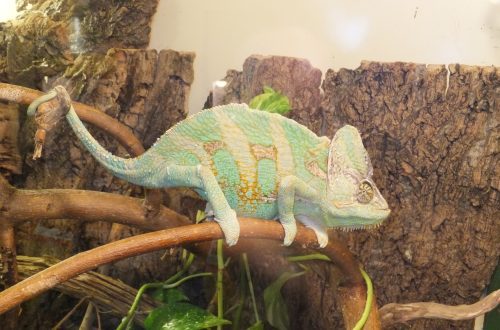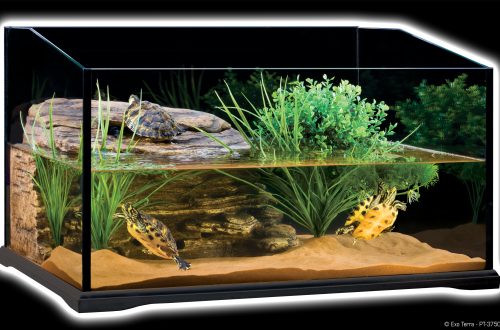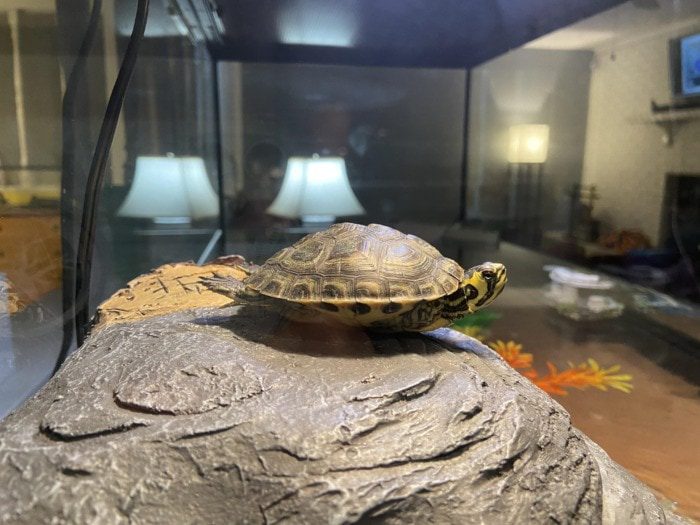
Why the red-eared turtle does not eat anything, is lethargic and sleeps: reasons for refusing food and pet inactivity
Decorative turtles have long been kept at home as pets, the owners love exotic animals for their unpretentiousness and calm nature. Aquatic reptiles are the most popular, freshwater and sea turtles are active, interesting habits and excellent appetite. But if the red-eared turtle does not eat for a long time, becomes lethargic and constantly sleeps, there is cause for concern.
There are physiological and pathological reasons for the refusal of the animal to eat, if the lack of appetite is accompanied by a change in the appearance or behavior of the reptile, it is worth consulting with a herpetologist. With a prolonged lack of appetite or pathologies, when the pet cannot open its mouth, the owner will have to feed the sick turtle on his own so that the animal does not die from exhaustion.
Contents
Why does the red-eared turtle refuse to eat?
If the animal has lost its appetite, it is necessary to remember what unusual events preceded this symptom. It may just be necessary to normalize the conditions of keeping and feeding so that the reptile becomes active again and begins to eat well. The most common reasons for refusing food are the following situations:
- stress;
- improper care;
- hibernation;
- hormonal changes;
- disease.
Stress
A stressful situation for an exotic pet can be a banal change of habitat, rearrangement of the aquarium, new neighbors, mating games, harsh noises and sounds, new food, careless handling, falling from a height, injuries and annoying attention of the owners. Against the background of stress, the reptile becomes inactive, does not eat anything, reacts poorly to touch and constantly sleeps.
What to do with stress in an exotic pet?
The best treatment in such a situation is to create a calm, quiet environment and optimal conditions of detention. As you get used to the animal will recover from stress and begin to eat without the use of drugs.
Improper care
Reptiles are cold-blooded animals, in which, when environmental conditions change, their metabolism slows down, as a result of which the animals move little and do not eat. A comfortable temperature for red-eared turtles is + 26-28C in water and + 28-32C on land with a day length of 12-14 hours. When keeping a pet in other conditions, the turtle becomes inactive and does not eat well, in such conditions the animal becomes vulnerable to the action of pathogenic microorganisms and fungi.
What to do if the turtle stopped eating due to a containment breach?
In order for the reptile not to get sick, it is necessary to keep the red-eared turtle in clean, settled water at the optimum temperature, the aquarium must have islands for heating and a cleaning system. A prerequisite for the normal life of reptiles is the installation of a fluorescent and ultraviolet lamp, as well as balanced feeding with a high content of protein products.
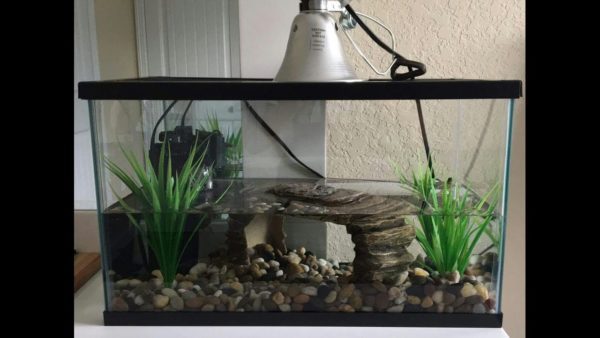
Hibernation
Under natural conditions, when cold weather or unbearable heat sets in, free-living reptiles hibernate, which slows down metabolism, synchronizes sexual cycles in males and females, and normalizes hormonal regulation. Thanks to this physiological feature, turtles can go without food for a long time in winter and summer.
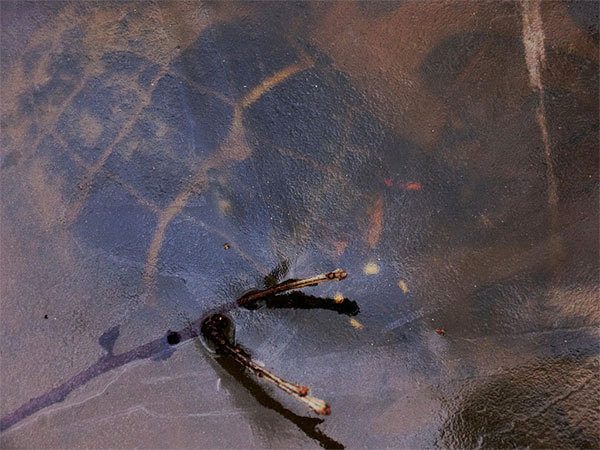
Domestic red-eared turtles do not need hibernation, they are kept in comfortable conditions all year round and get enough food. But for some individuals in the fall, against the background of a decrease in daylight hours, lack of central heating, or as a result of the action of instincts, life processes slow down, the animal stops eating dry or natural food, becomes lethargic, looks for a dill corner, tries to hide. If the turtle is not active in October-November, almost does not swim, often lies on land and has not eaten for 2 weeks, most likely the animal has hibernated.
What to do if the red-eared slider slides into hibernation and stops eating?
A sleeping reptile must be placed in a small aquarium with a minimum amount of water, the bottom should cover the soil with a thickness of at least 10 cm. An adult animal will winter for 4-5 months, the optimum hibernation temperature is + 6-8C. First, turn off the lighting lamps and keep the animal for 3-5 days at room temperature. Then, within 10 days, it is necessary to smoothly lower the temperature to + 6C, with a sharp decrease, the animal may die instantly. The reptile is brought out of hibernation, gradually raising the temperature and bringing it to the optimal values as the animal wakes up.
Hormonal changes
A normal physiological reaction is to refuse to feed animals during the mating season and during pregnancy. If the turtles are active swimmers and respond adequately to touch and stimuli, do not worry. With the normalization of the hormonal background, the animals will again feed on their own.
disease
If, in addition to refusal of food, external changes in the skin, eyes and shell are observed, lethargy is observed, a violation of the position of the body of the reptile in the water or an unwillingness to swim, it is necessary to urgently contact a specialist. A sick reptile that does not eat for more than a month may die. Food refusal is observed in the following common diseases of ornamental turtles:
- Rickets is a disease caused by a lack of vitamin D and calcium. Sometimes a metabolic disease occurs against the background of a violation of the absorption of calcium by the body. The cause of rickets is improper feeding, lack of a source of ultraviolet radiation, diseases of the kidneys and stomach. A sick pet has softening and deformation of the shell, swelling and fractures of the legs, bleeding, prolapse of the cloaca and failure of the hind limbs.
- Hypovitaminosis A – a lack of retinol is manifested in a slowdown in the growth of young animals. With the disease, the eyes swell and the mucous membrane of the oral cavity becomes inflamed.

- Pneumonia is a deadly disease for turtles. Inflammation of the lungs in reptiles occurs as a result of hypothermia, being on a cold floor, complications from rhinitis, and being kept in dirty or cold water. With pneumonia, the turtle refuses to eat, becomes lethargic and inactive, often stretches its neck and opens its mouth. A characteristic of pneumonia in a reptile is falling on its side when swimming. The breathing of a sick animal becomes heavy and noisy, sometimes wheezing, clicks and squeaks are clearly audible.
- Eye diseases – ophthalmic pathologies in aquatic turtles develop with a lack of vitamin A, keeping the reptile in dirty water, burns from an ultraviolet lamp and injuries. The eyes of the reptile swell strongly, close and stick together, the animal stops moving and eating on its own.

- Intestinal pathologies – diseases of the gastrointestinal tract are the result of improper feeding, keeping the reptile in dirty water and the defeat of the animal by helminths or intestinal and infection. A sick turtle tries to sit on the shore, refuses to feed and becomes lethargic, when swimming the pet cannot dive, the rear part rises up. The main symptoms of pathologies of the digestive system in reptiles are constipation or diarrhea with an unpleasant odor.

- Injuries – various microtraumas, scratches, burns, fractures of limbs and cracks in the shell, the animal most often receives as a result of careless handling of the owners or attacks by other pets. Sometimes the cause of injuries is the bloody fights of males with competitors during mating games, the rejection of a persistent cavalier by the female, aggression to the placement of new relatives.

- Dermatomycosis – fungal diseases of the skin and shell develop in reptiles when in contact with an infected animal, kept in dirty water, or complications from bacterial infections.

With ringworm, red-eared turtles refuse to feed, lose weight and become lethargic. White or red nodules, ulcers, white plaque appear on the skin and shell. The shields of the shell begin to exfoliate and deform; if left untreated, the animal may die.
What should I do if my red-eared slider refuses to eat due to illness?
The causes of diseases in domestic turtles are violations of the conditions of keeping and feeding aquatic reptiles. If an exotic animal stops crawling and swimming, constantly lies at the bottom, floats up or falls on its side, the reptile has swollen eyes, deformation or softening of the shell, fractures, skin rashes, bleeding, clicks and wheezing are heard when breathing, you can’t waste time or on your own treat your pet with medicines from the home first aid kit. The appointment of specific drugs and the calculation of the dosage in each case should be handled by a veterinarian, it is best to find an experienced herpetologist. The specialist will understand the reasons for refusing food and tell you how to feed a sick reptile.
How to make a turtle eat?
You can make the turtle eat by treating the animal with its favorite treats: pieces of fish, shrimp, shellfish. It is necessary to feed a sick reptile on land, offering food in very small portions. If the animal does not begin to feed and does not open its mouth, the owner is advised to open the turtle’s beak by pulling the skin on the reptile’s chin. In the open mouth, it is necessary to put a very small piece of food with tweezers and close the beak, controlling the swallowing of food.
Young red-eared turtles need to be fed every other day, and adult pets – 2 times a week. Sometimes the reason for refusal to feed is obesity or overeating, so do not feed aquatic reptiles. If, after normalizing the conditions of detention and carrying out treatment, the reptile did not begin to feed on its own, it is necessary to force-feed the pet, otherwise the animal may die from exhaustion.
What to do if the red-eared turtle has stopped eating, constantly sleeps and is lethargic?
2.9 (57.5%) 8 votes



